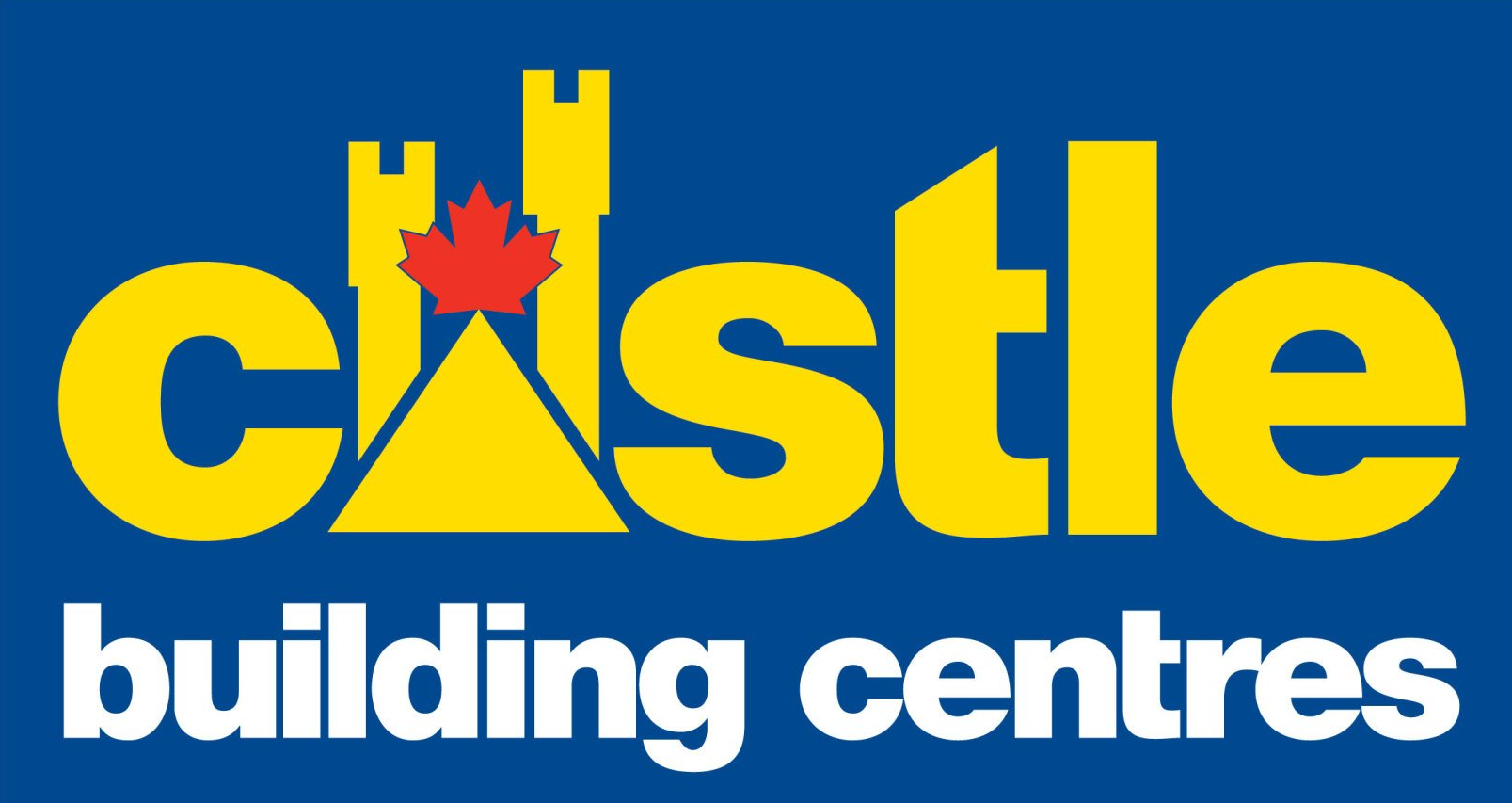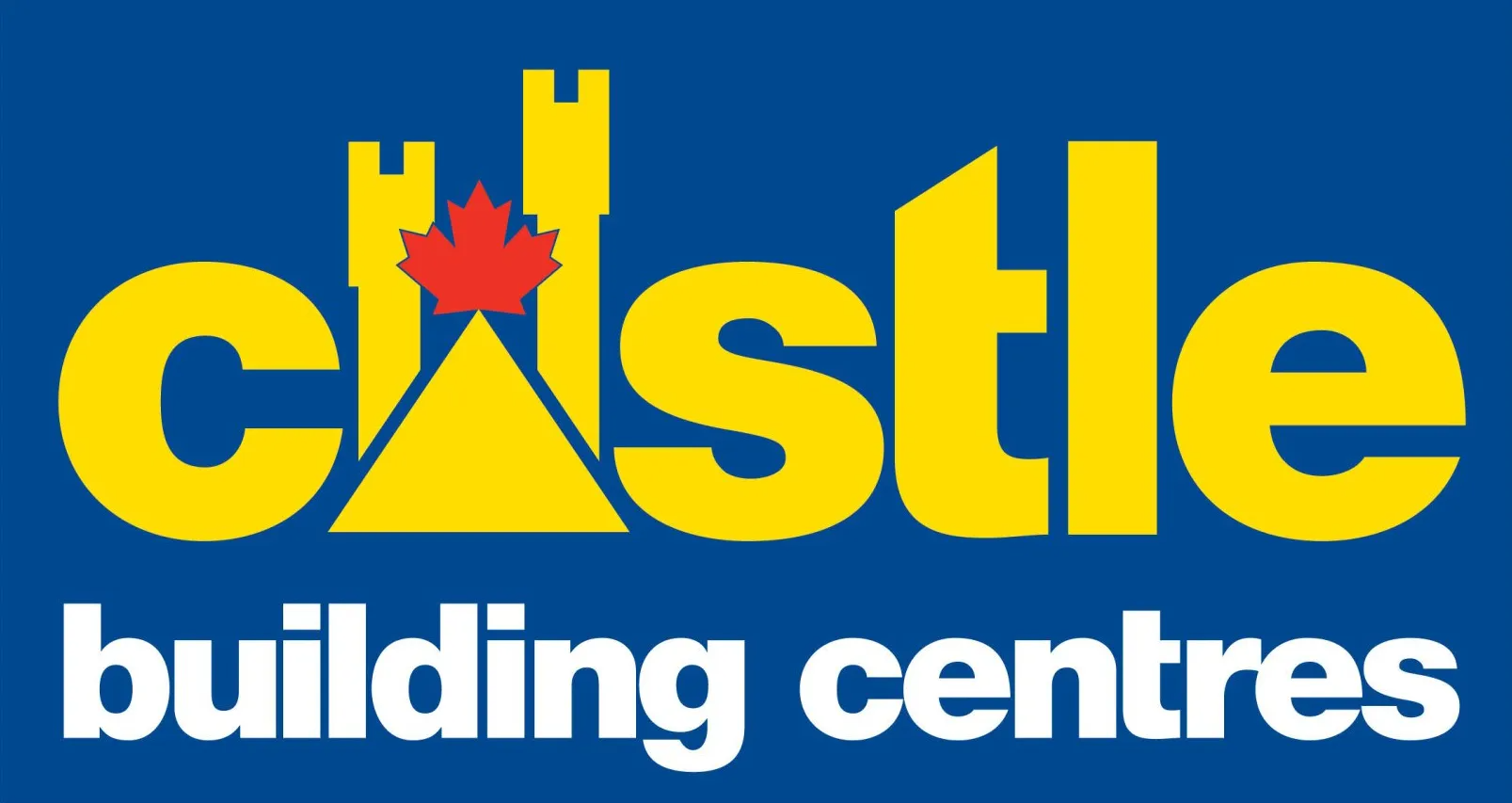Custom Home & Cottage Design
We have a setup whereby we can design a set of plans that are correct, detailed, ready for the contractor to build by. As we are fundamentally in the building supply business, we are aware of new products and changing building codes. We charge a nominal fee (much less than architects) for this service but if you agree to purchase the majority of the materials for the project from us, the fee is fully refunded. Check with our design specialists for the details on this program. Our designers are certified by the Province of Ontario for designing homes and cottages. We primarily work in the Haliburton County area but we can sometimes make arrangements outside of our area. We can also recommend contractors for your job if you wish. See our referrals page. We have the technology to e-mail your plans to save you trips to the store if you wish as well.
Building Officials
Township of Dysart et al
- Karl Korpela - Chief Building Inspector ext 627 kkorpela@dysartetal.ca
- Stephanie Roberts - Plans Examiner/Building Inspector -ext 636 sroberts@dysartetal.ca
- Greg Cherniak-Septic and Building Inspector-ext 660 gcherniak@dysartetal.ca
- Bri Quinn-Permit Clerk-ext 658 bquinn@dysartetal.ca
Township of Algonquin Highlands
- David Rogers- Chief Building Official drogers@algonquinhighlands.ca
- Greg Moore- Deputy Building Official gmoore@algonquinhighlands.ca
Township of Highlands East
DYSART ET AL
MINDEN HILLS
ALGONQUIN HIGHLANDS
Township of Highlands East
Township Bylaws/building Dept.
Bylaws are passed by local governments essentially to control development. You may be concerned about the zoning restrictions of your property, the setbacks from your neighbor or the shoreline , the height or size restrictions of a building, or maybe the allowed uses of the property.
Building Tips
You are ready to start building....
- Planning and communication is key to the process. Plan well ahead and research your responsibilities carefully.
- You will need a very minimum of 3 sets of plans to start. Two will be given to the building official. Sub trades will also require copies. Check them carefully as you or your contractor are responsible to verify all dimensions or omissions.
- An approved septic permit is required from the District Health Office before building. You can apply directly or through a licensed septic contractor. Two test holes will be required.
- Allow 3 weeks for a building permit to be approved. You may also need a road access approval from the roads manager. Permission from the Department of Highways may be required if you are on a provincial highway.
- Know where your property boundaries are so that you can locate your building within the set-back guidelines established by the municipality that you are building in. These vary by municipality. Especially important is the set-back from the high water mark of a lake . It is usually 66 feet or 100 feet.
- Lumber is a commodity and the prices do fluctuate. Have an updated pricing quote and an anticipated delivery date in mind. As we are local, we can deliver quickly and with only the materials that you need right now.
- Make sure that special order materials such as windows, trusses, special siding and shingles etc. are ordered ahead of time.
- Keep your contractor informed and establish a schedule that is possible for all to stay too. Establish a payment schedule for both the contractor and supplier.
- Establish a clear procedue with yourself, your contractor and your supplier regarding ordering and scheduling .Many times, errors are made due to miscommunication because "too many fingers are in the pie" . One person should be in charge of scheduling deliveries and they should try to deal with one person in our office.
- Check your loads when they come, not a day or two later when you plan to use them. Too many times, due to miscommunication, materials are sent ( or not sent) due to assumptions and unavailability of the person in charge for the job site.
- Follow the material list that we provide you and have it handy when ordering.
- Pre-establish a "house account" with us so that all information and credit details are looked after.
- If you are financing with a bank or trust company, make sure of their requirements for draws. Funds are normally released in stages.
- Put aside a contingency fund. You will probably use it !
- It is a good idea to tell your neighbors in advance what you are planning so they know what to expect when equipment starts to move in. You may need to arrange for use of electricity or access from them on a temporary basis
- Read your building permit. It is important that you call your building official at certain times for inspections. Permits are required even if you make changes to the structure or systems of your home or cottage. New construction has minimum square foot requirements. Normally, a permit is required for anything over 100 square feet in size. As the homeowner, you are legally responsible for obtaining the building permit. Contractors or the building supply yard can do this on your behalf.
- The Ministry of Natural Resources will want you to obtain a permit for any work that would alter the shoreline or if there is a chance of soil/silt finding its way into a body of water.
Building Tips
You are ready to start building....
- Planning and communication is key to the process. Plan well ahead and research your responsibilities carefully.
- You will need a very minimum of 3 sets of plans to start. Two will be given to the building official. Sub trades will also require copies. Check them carefully as you or your contractor are responsible to verify all dimensions or omissions.
- An approved septic permit is required from the District Health Office before building. You can apply directly or through a licensed septic contractor. Two test holes will be required.
- Allow 3 weeks for a building permit to be approved. You may also need a road access approval from the roads manager. Permission from the Department of Highways may be required if you are on a provincial highway.
- Know where your property boundaries are so that you can locate your building within the set-back guidelines established by the municipality that you are building in. These vary by municipality. Especially important is the set-back from the high water mark of a lake . It is usually 66 feet or 100 feet.
- Lumber is a commodity and the prices do fluctuate. Have an updated pricing quote and an anticipated delivery date in mind. As we are local, we can deliver quickly and with only the materials that you need right now.
- Make sure that special order materials such as windows, trusses, special siding and shingles etc. are ordered ahead of time.
- Keep your contractor informed and establish a schedule that is possible for all to stay too. Establish a payment schedule for both the contractor and supplier.
- Establish a clear procedure with yourself, your contractor and your supplier regarding ordering and scheduling .Many times, errors are made due to miscommunication because "too many fingers are in the pie" . One person should be in charge of scheduling deliveries and they should try to deal with one person in our office.
- Check your loads when they come, not a day or two later when you plan to use them. Too many times, due to miscommunication, materials are sent ( or not sent) due to assumptions and unavailability of the person in charge for the job site.
- Follow the material list that we provide you and have it handy when ordering.
- Pre-establish a "house account" with us so that all information and credit details are looked after.
- If you are financing with a bank or trust company, make sure of their requirements for draws. Funds are normally released in stages.
- Put aside a contingency fund. You will probably use it !
- It is a good idea to tell your neighbors in advance what you are planning so they know what to expect when equipment starts to move in. You may need to arrange for use of electricity or access from them on a temporary basis
- Read your building permit. It is important that you call your building official at certain times for inspections. Permits are required even if you make changes to the structure or systems of your home or cottage. New construction has minimum square foot requirements. Normally, a permit is required for anything over 100 square feet in size. As the homeowner, you are legally responsible for obtaining the building permit. Contractors or the building supply yard can do this on your behalf.
- The Ministry of Natural Resources will want you to obtain a permit for any work that would alter the shoreline or if there is a chance of soil/silt finding its way into a body of water.
Business Hours
- Mon - Fri
- -
- Saturday
- -
- Sunday
- Closed
Contact Info
Business Hours
- Mon - Fri
- -
- Saturday
- -
- Sunday
- Closed
(Saturday Winter 9:00-3:00)

